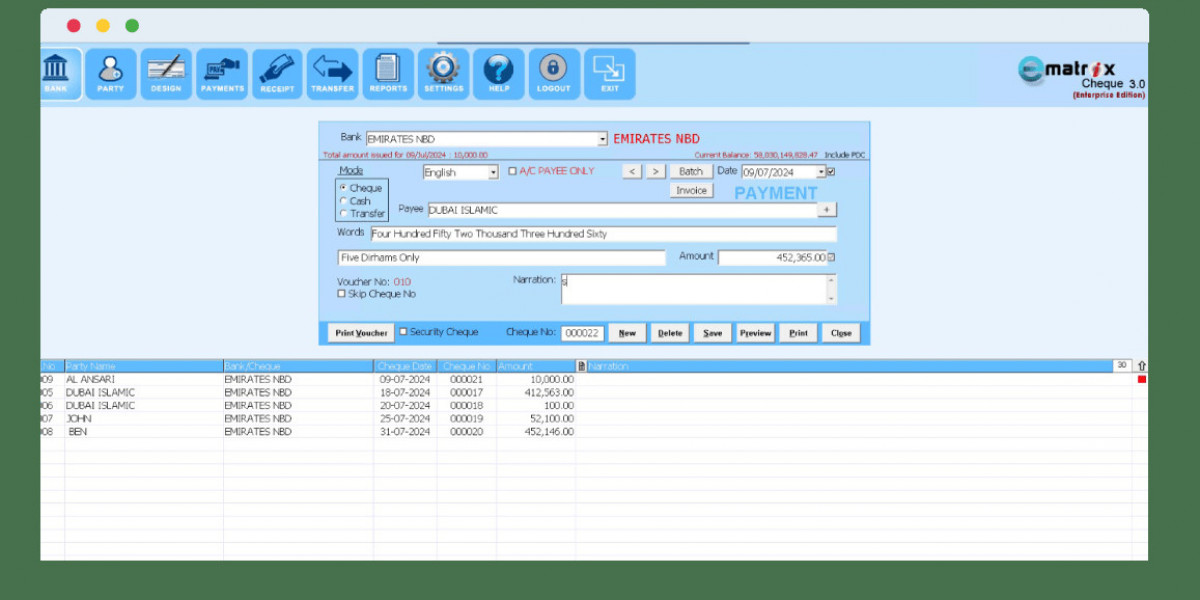If you're planning to upgrade your home's insulation, it's important to choose a material that balances performance, sustainability, and value. One of the most trusted and efficient options for homeowners today is cellulose insulation. Commonly used in attics and wall cavities, cellulose offers excellent thermal performance, soundproofing, and eco-friendly benefits.
Whether you're building a new home or improving an existing one, this guide covers the key benefits of cellulose and why it’s becoming a go-to choice for energy-conscious homeowners.
What Is Cellulose Insulation?
Cellulose insulation is a plant-based, loose-fill material made primarily from recycled newspaper and treated with fire-resistant chemicals. It's typically blown into attics and wall cavities to form a dense, protective layer that resists air movement and improves indoor temperature control.
Unlike some traditional insulation types, cellulose is considered one of the most eco-friendly insulation materials, making it ideal for green building insulation projects.
Why Homeowners Are Choosing Cellulose
In a climate like Covington, IN, where winters can be cold and summers humid, the ability to maintain consistent indoor comfort is crucial. Cellulose helps reduce heating and cooling costs by sealing gaps and preventing drafts throughout your home.
Its flexible, blown-in application makes it perfect for both new construction and retrofitting older homes with energy-efficient home insulation.
Top Benefits of Cellulose Insulation
1. Excellent Energy Efficiency
Cellulose is a dense material that minimizes air leakage. When blown into walls or attics, it conforms to odd-shaped spaces and fills gaps better than batt insulation. This improves your home's overall thermal envelope, keeping conditioned air inside and outside air where it belongs.
With cellulose wall insulation, you can expect lower utility bills and less strain on your HVAC system.
2. Ideal for Attics and Retrofits
Cellulose insulation for attics is one of the most cost-effective ways to reduce heat loss in winter and prevent heat gain in summer. Because it’s a loose-fill insulation, it can be blown over existing materials in older homes or used as the primary insulator in new builds.
3. Improves Indoor Comfort
This insulation not only regulates temperature but also helps with soundproofing. The dense fibers of blown-in cellulose insulation absorb sound vibrations, making your living space quieter and more peaceful—especially between walls or floor levels.
4. Environmentally Friendly
If sustainability is a priority, cellulose delivers. Made of up to 85% recycled paper content, it reduces landfill waste and supports eco-conscious building efforts. It’s also treated with non-toxic fire retardants, offering a safer alternative to fiberglass or foam-based insulations.
Choosing eco-friendly insulation materials like cellulose supports a greener home without compromising on performance.
5. Fire and Pest Resistance
Modern cellulose is treated with borates, which make it both fire-resistant and unappealing to pests. Unlike fiberglass, which can provide nesting material for rodents, cellulose forms a dense barrier that helps deter infestations.
This added protection contributes to the longevity and safety of your insulation investment.
6. Cost-Effective Installation
Compared to spray foam or rigid board insulation, cellulose is generally more affordable while still offering high R-values (thermal resistance). It’s also faster to install, especially in large attic spaces or existing wall cavities.
You get the benefits of green building insulation and energy savings without breaking the bank.
7. Supports Moisture Control
Although cellulose should not be used in damp or unventilated spaces without proper vapor barriers, when installed correctly, it can help manage moisture. Its ability to fill cavities tightly reduces the risk of condensation and related issues like mold or wood rot.
How Cellulose Insulation Is Installed
Cellulose is typically installed using a machine that blows the material into place. The process varies slightly based on whether it’s being used in an attic or walls:
Attic installation involves blowing loose-fill material across the attic floor
Wall cavity installation may involve removing small sections of drywall and filling the cavities through hose access
Professional installers ensure the material is evenly distributed and reaches the recommended depth for energy efficiency.
Working With Insulation Experts
To get the most out of cellulose insulation, it’s important to work with experienced professionals. They’ll assess your home, recommend the right R-value for your region, and ensure that installation meets building codes.
One trusted provider in the area is Payless Insulation, known for high-quality, energy-efficient solutions and professional service.
Final Thoughts
Cellulose insulation is a smart, sustainable, and budget-friendly choice for homeowners looking to improve energy efficiency and indoor comfort. Whether you're insulating a drafty attic or upgrading wall cavities, its performance and environmental benefits make it a standout option.
From better temperature control to lower energy bills and improved air quality, cellulose delivers real value—especially when installed correctly by knowledgeable professionals.
FAQs
Q1: Is cellulose insulation safe for my family?
A: Yes. It's made from recycled materials and treated with non-toxic fire retardants, making it safe for use throughout your home.
Q2: How long does cellulose insulation last?
A: Properly installed cellulose can last 20–30 years or more, maintaining its effectiveness over time without major settling.
Q3: Can cellulose be added to existing walls?
A: Yes. Blown-in cellulose can be installed in existing wall cavities with minimal disruption, making it great for retrofits.
Q4: How does it compare to fiberglass?
A: Cellulose offers better air sealing, is more eco-friendly, and provides superior soundproofing, though it may require professional installation.
Q5: Does cellulose insulation qualify for energy rebates?
A: In many cases, yes. Because it improves energy efficiency, it may qualify for local or federal tax credits or rebate programs.








